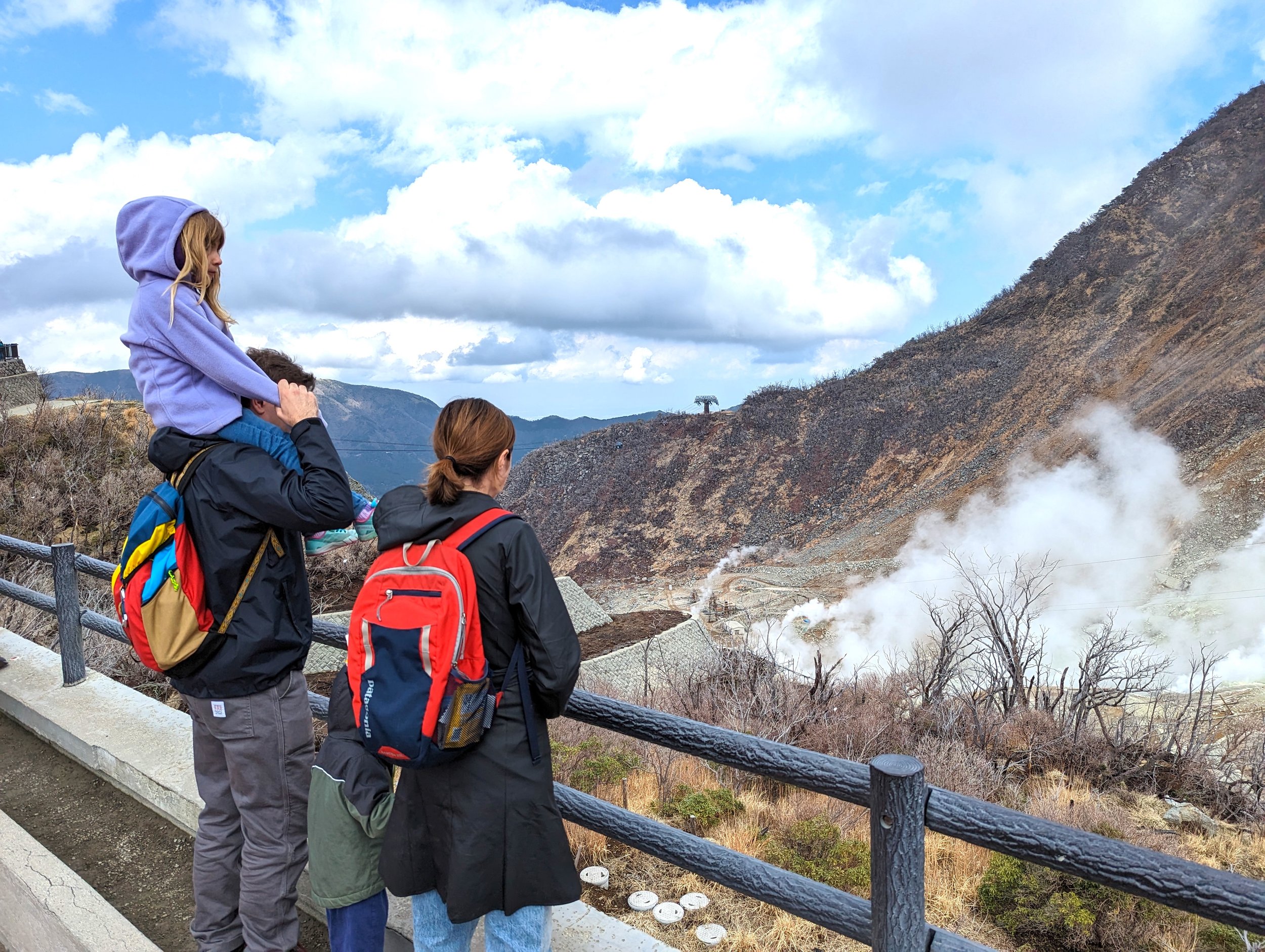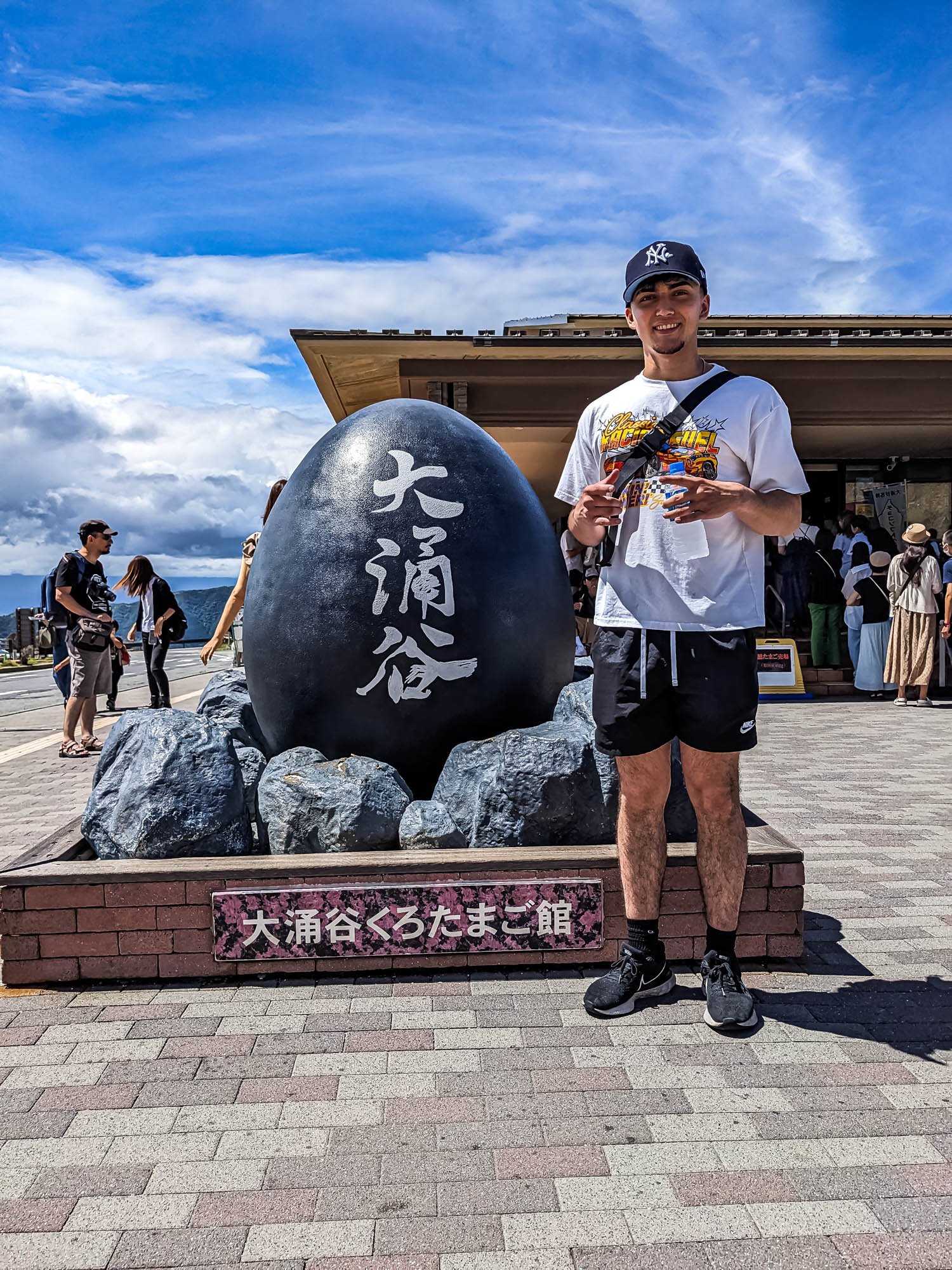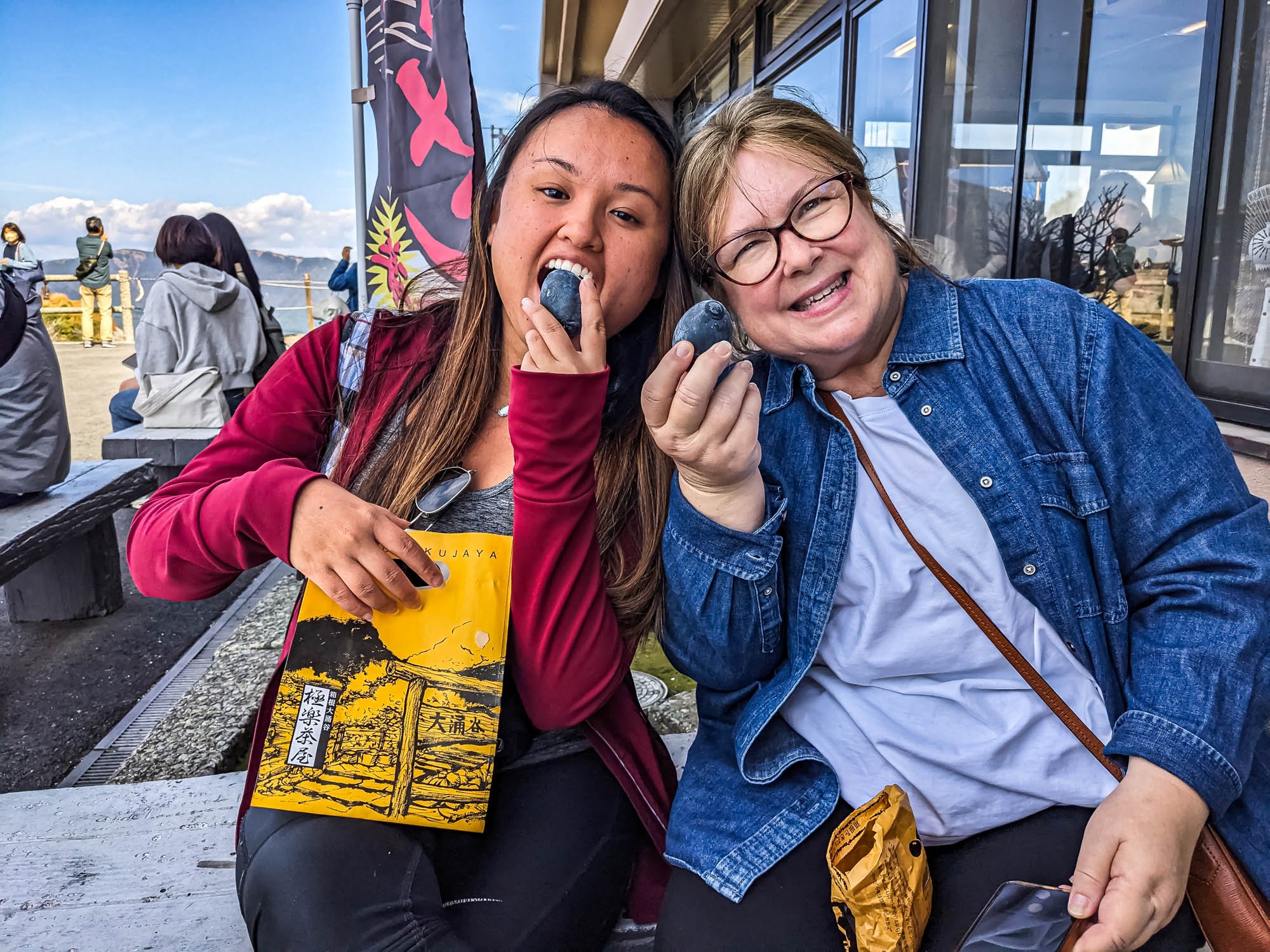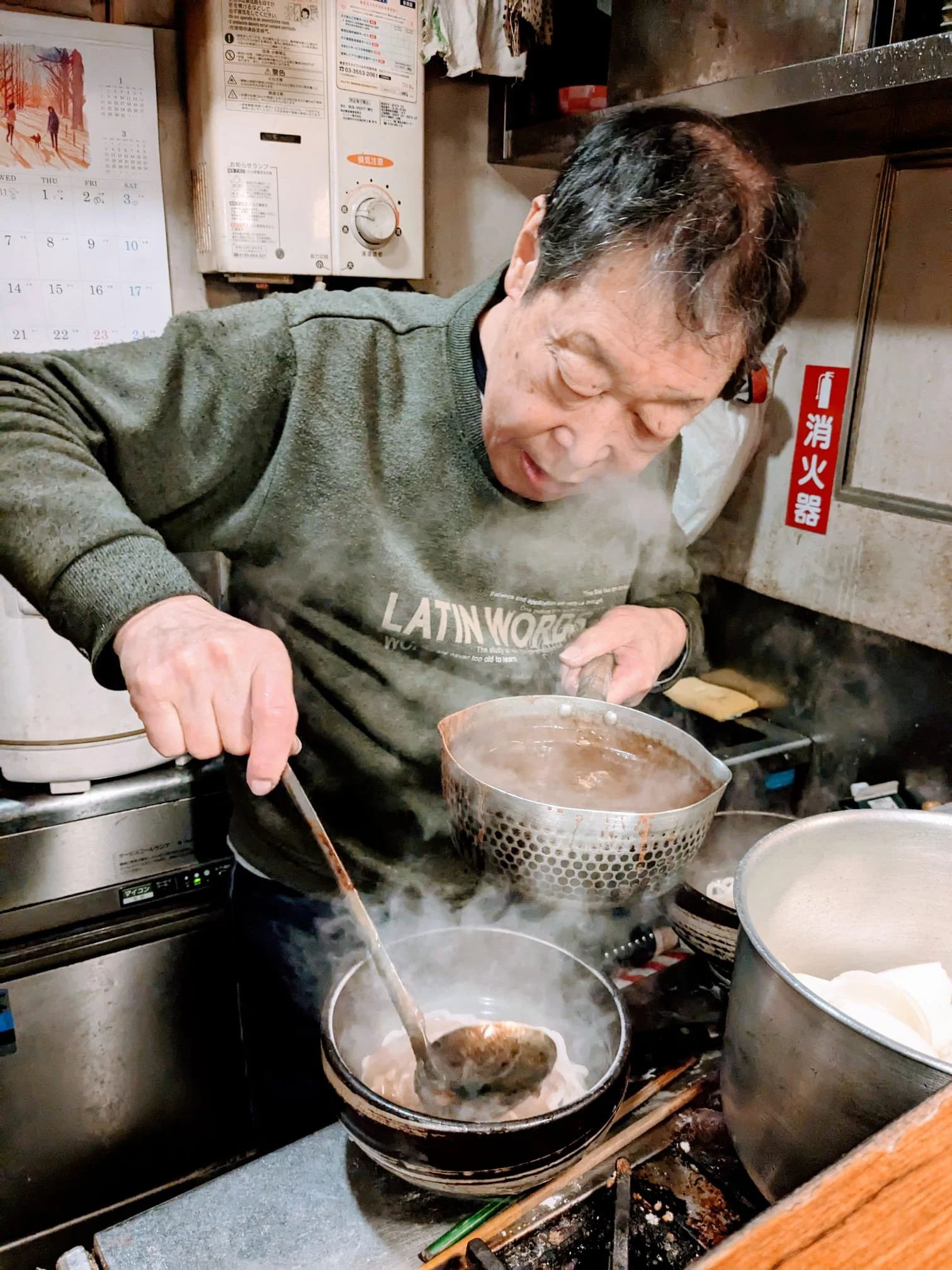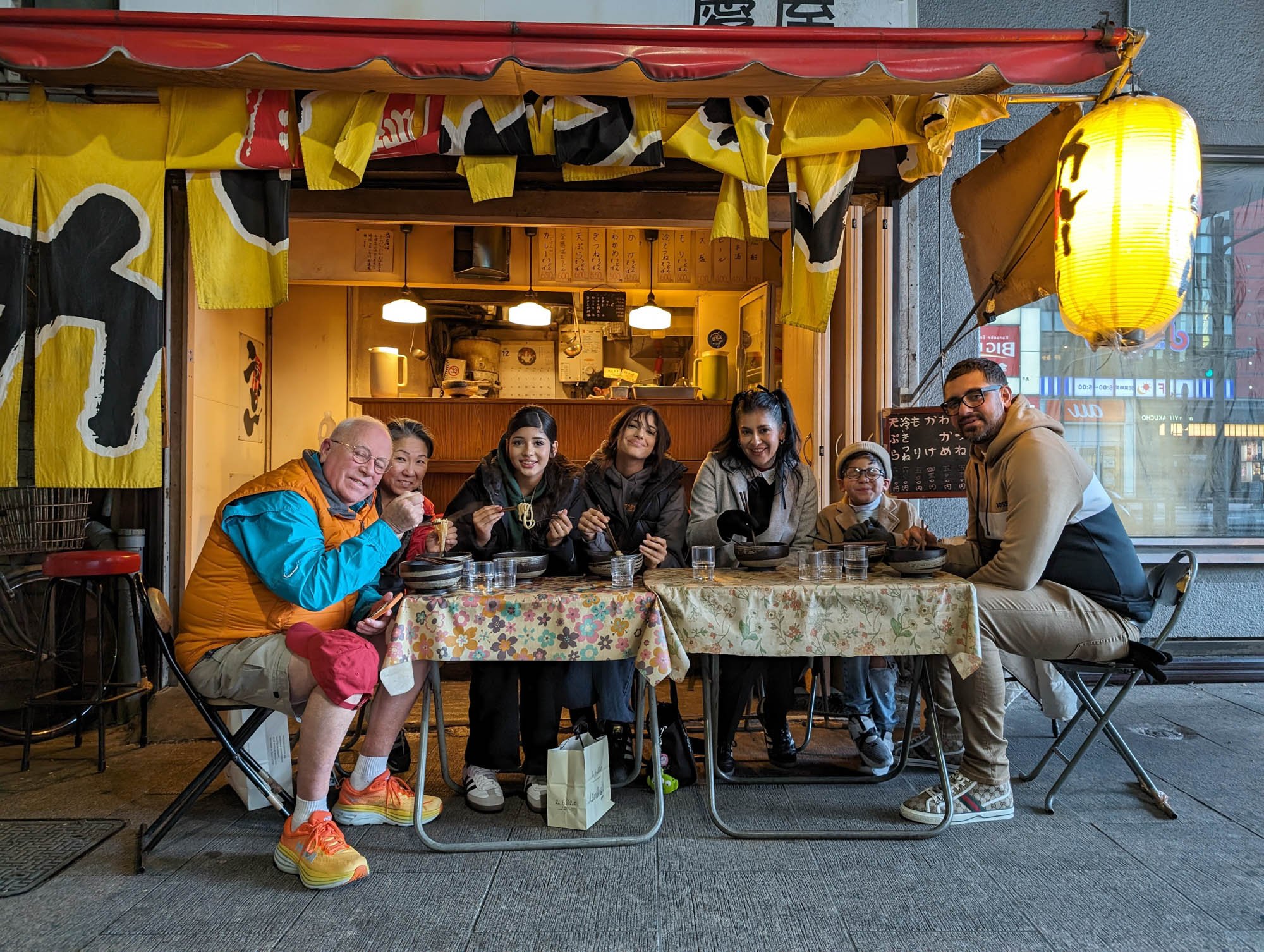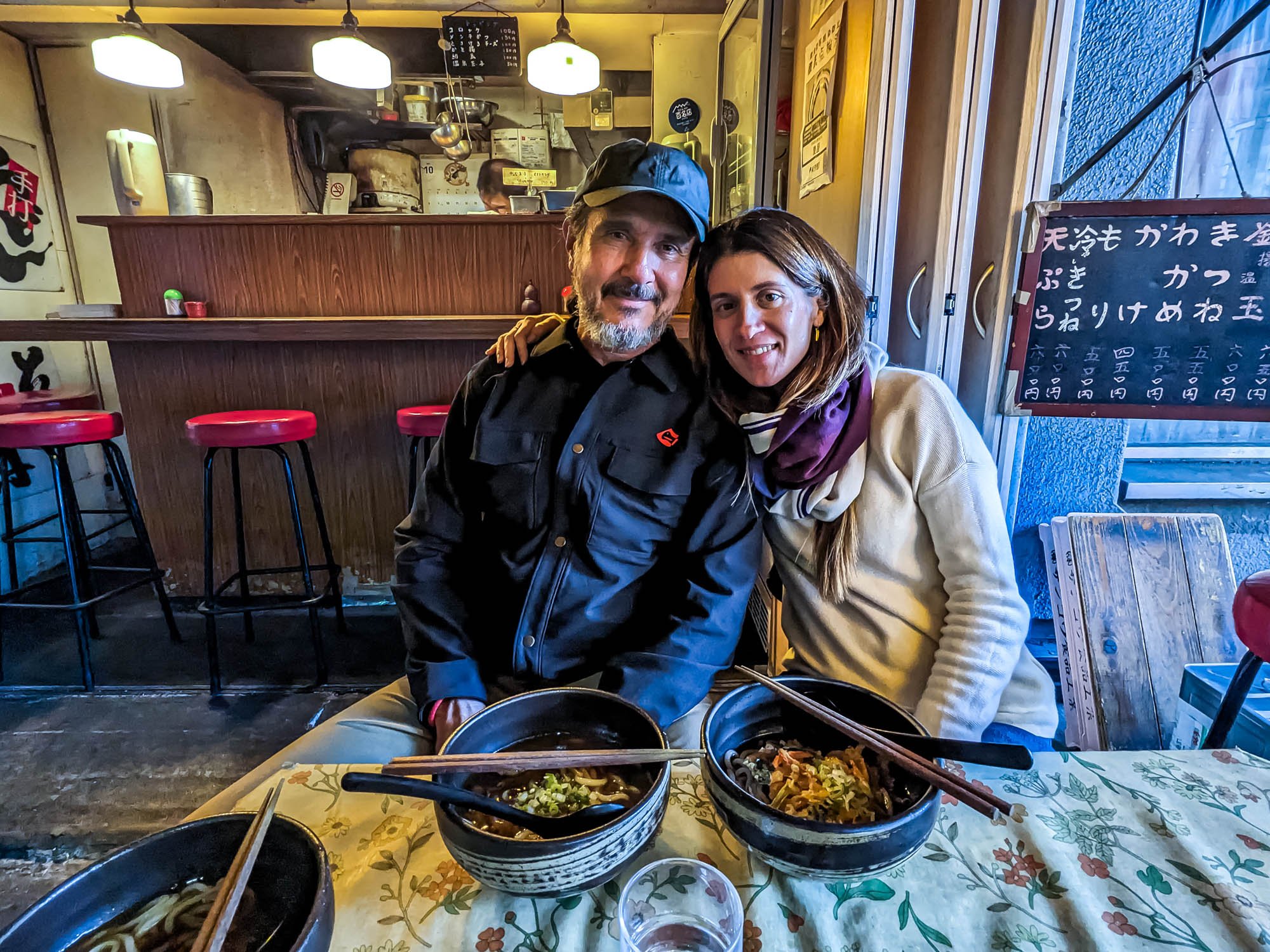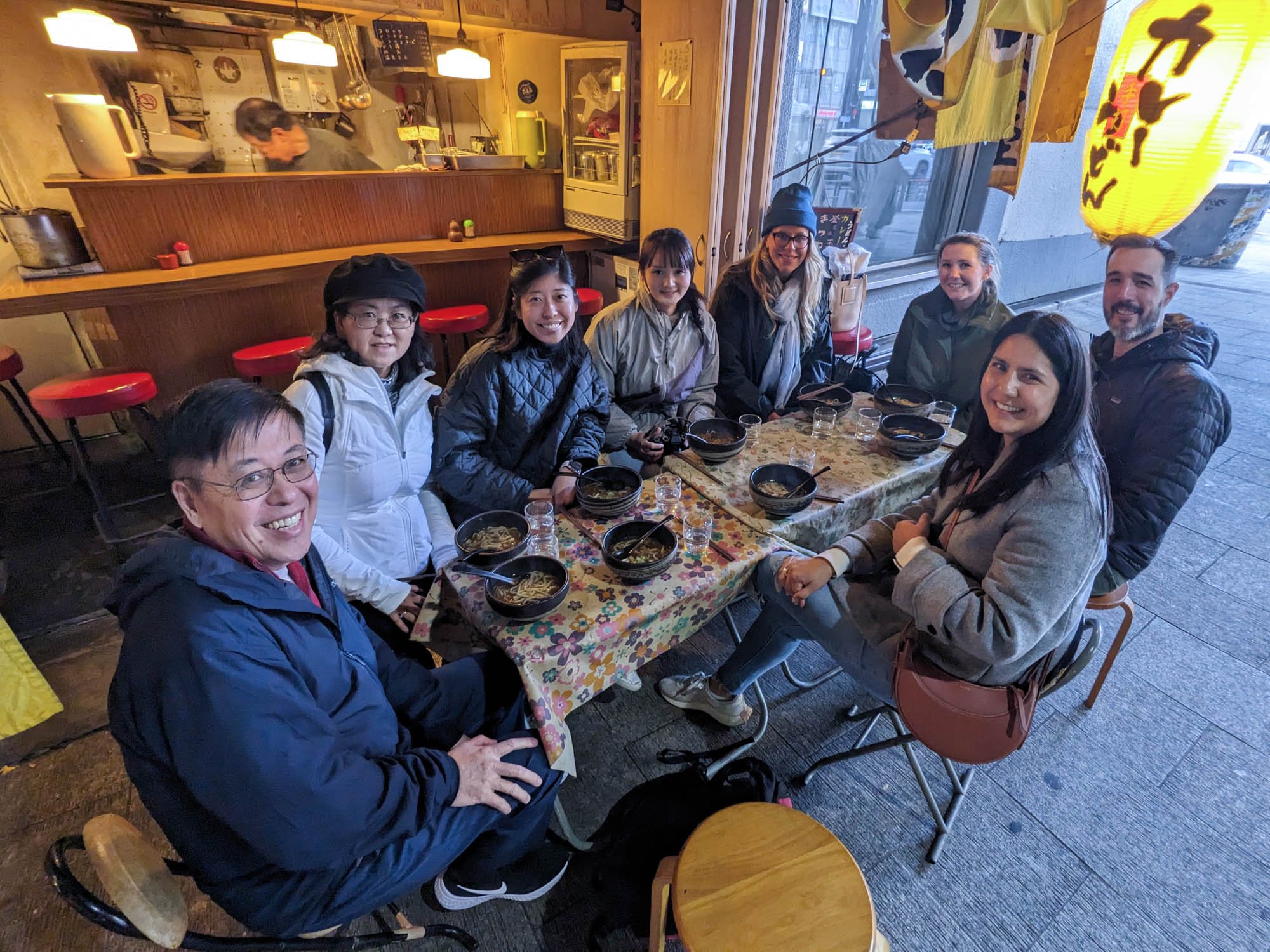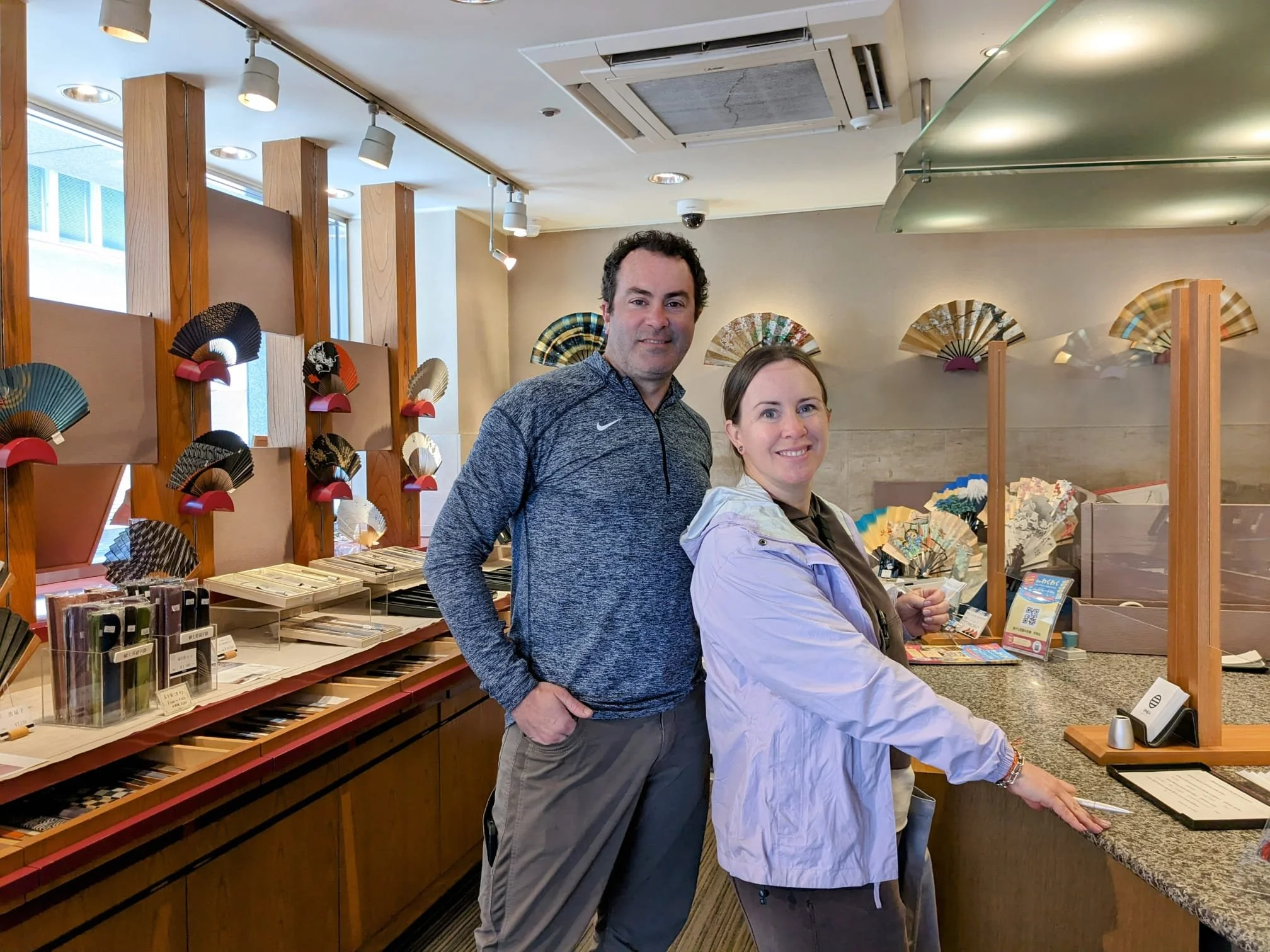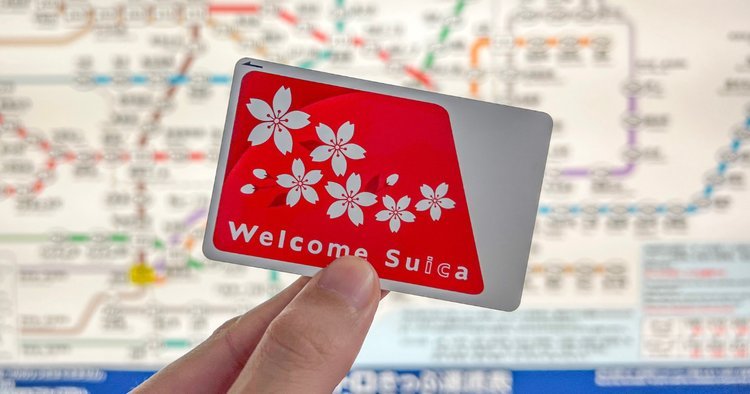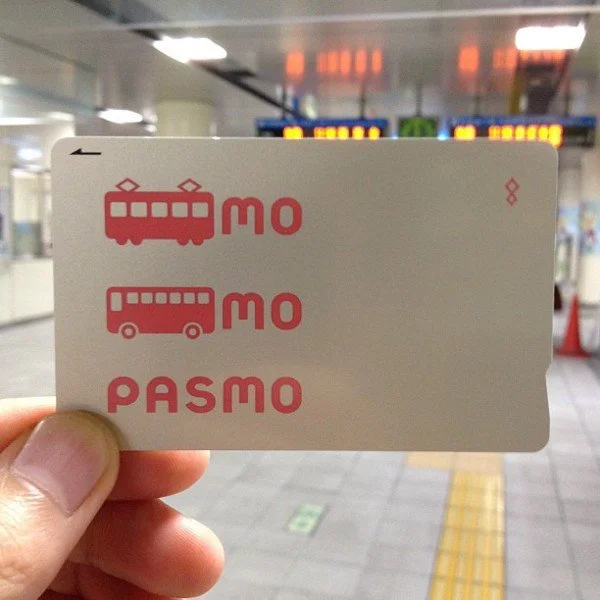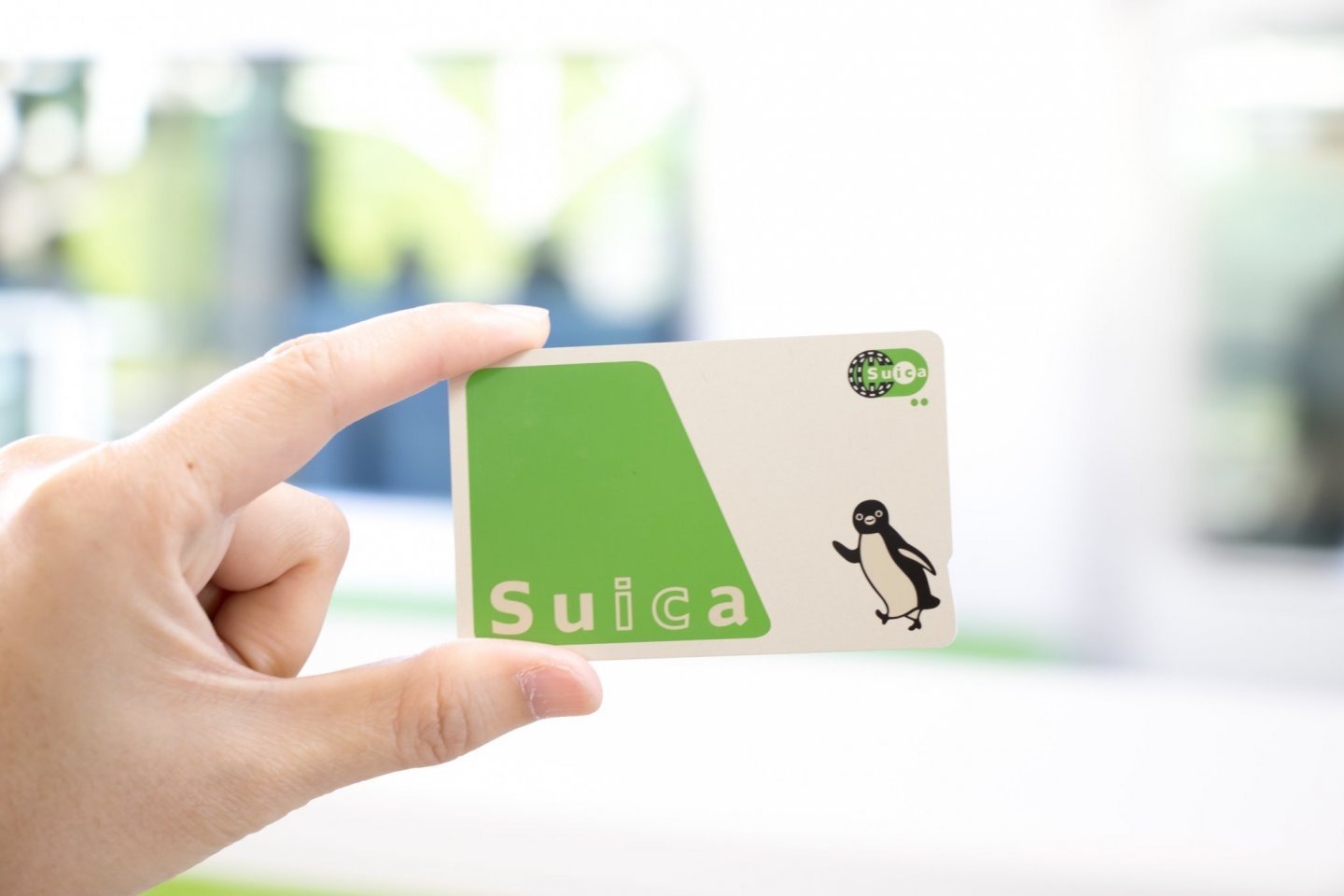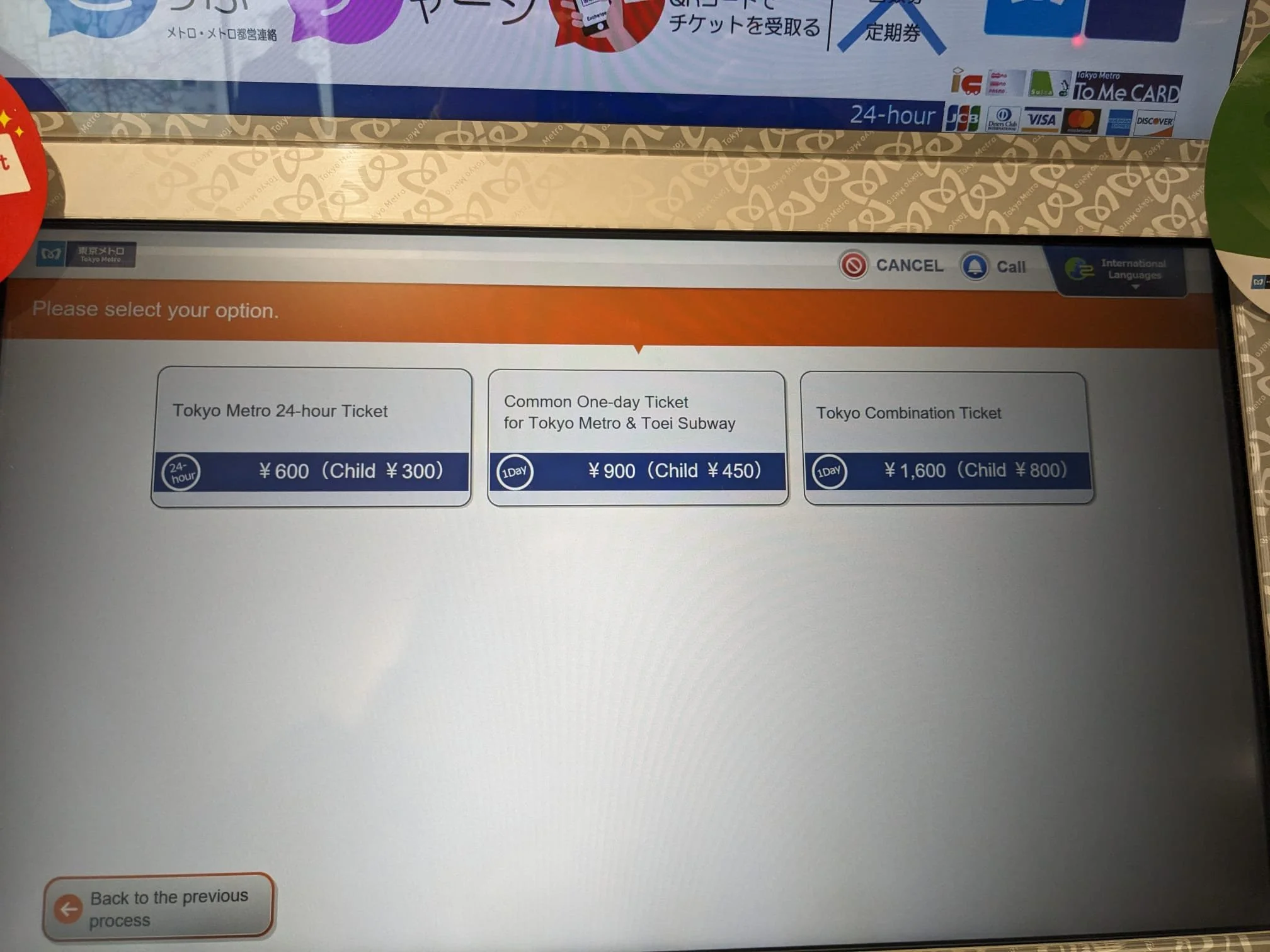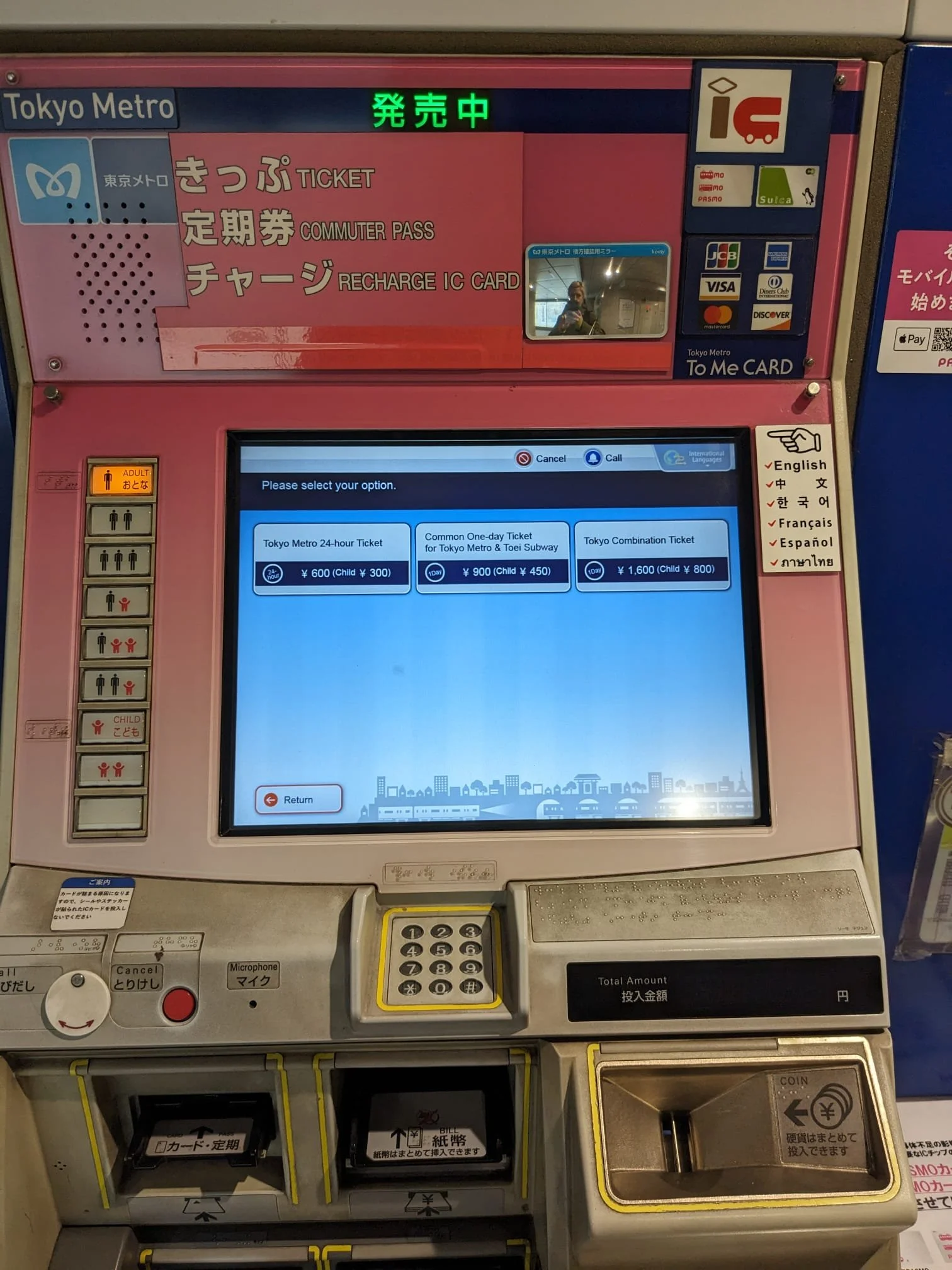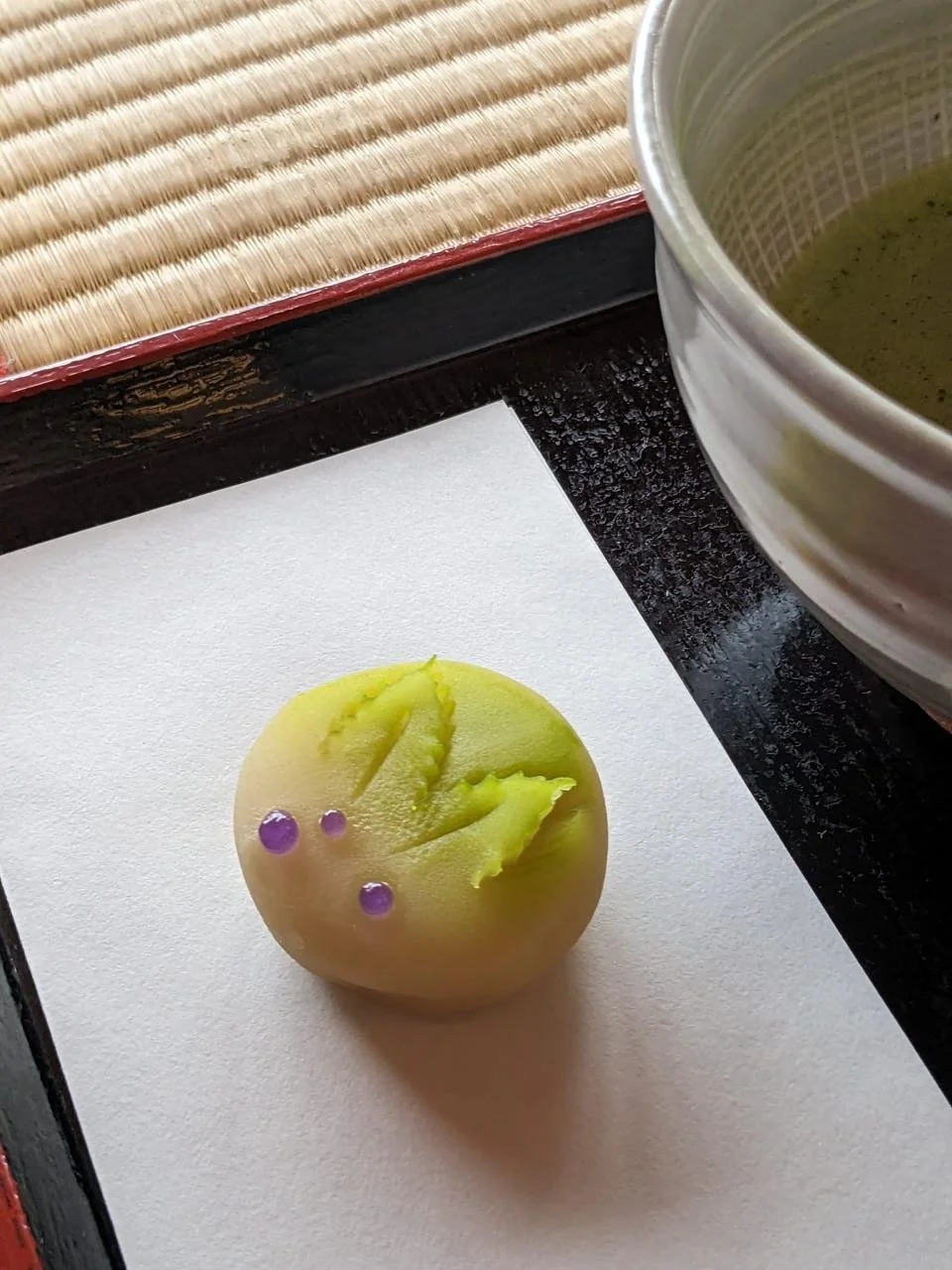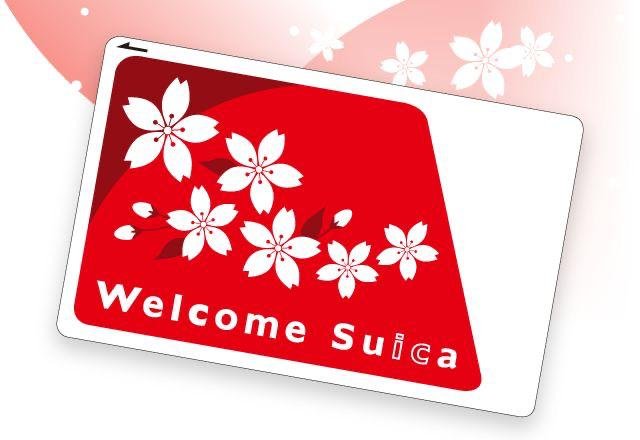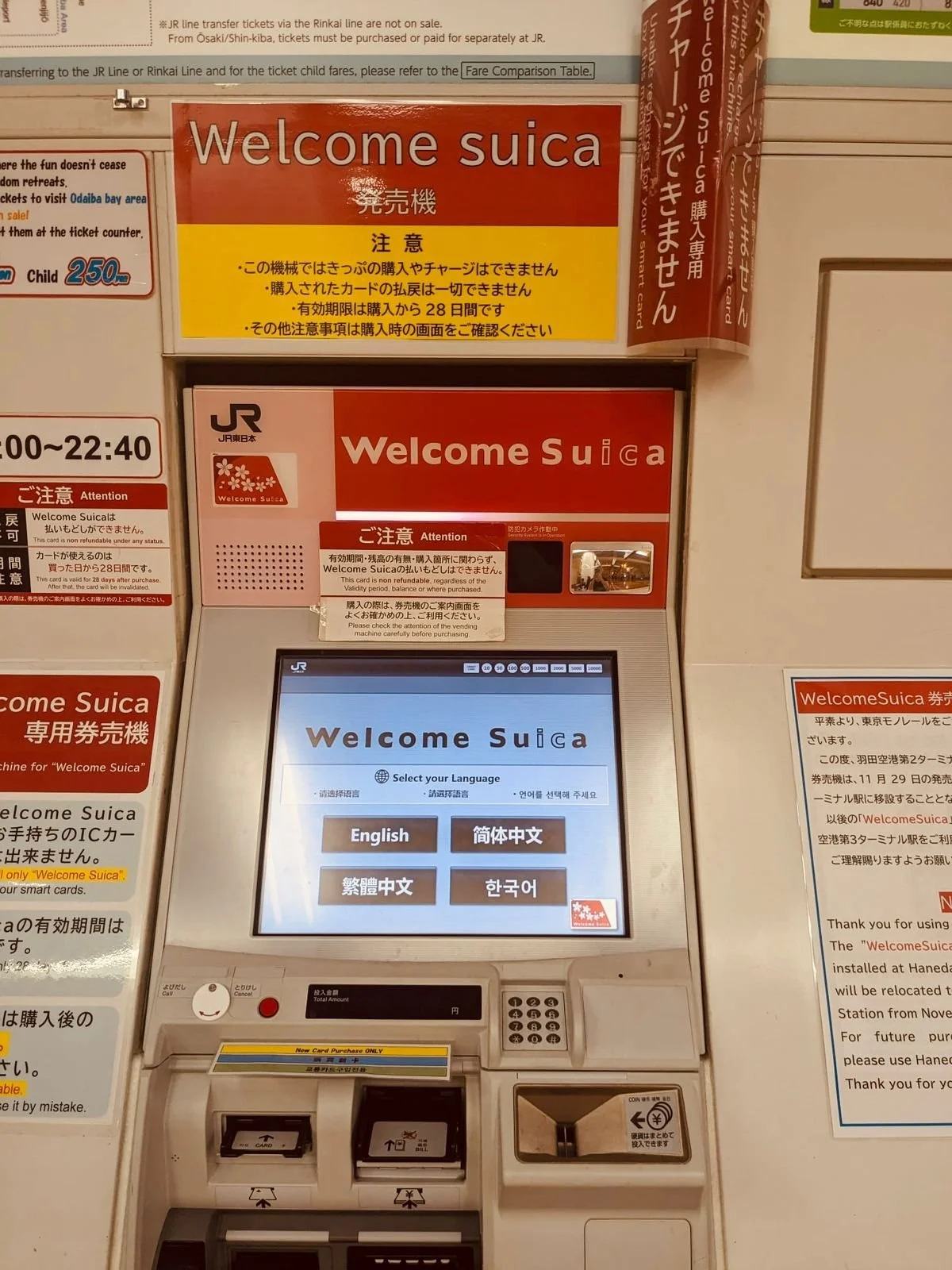Courtesy: Tokyo Weekender (Big Black Egg Statue)
Explore Japan's cultural wonders with us! Dive into the timeless tradition of Japanese hot springs for relaxation, rejuvenation, and cultural immersion. Here's what you need to know for your onsen adventure:
Courtesy: Your Japan (Onsen Etiquette)
Onsens are traditional hot springs scattered across the country, offering a soothing retreat for body and soul. Immerse yourself in the warm, mineral-rich waters, known for their healing properties and relaxation benefits. From rural hideaways to urban oases, each onsen boasts its unique charm and atmosphere. Soak away your cares, unwind amidst serene surroundings, and embrace the essence of Japanese hospitality. Don't miss out on this experience during your visit!
Here’s a sneak peek from one of our guests from DePaul University during their Educational Tour with us.
Japan is a culinary wonderland, offering a various flavors and dishes that tantalize the taste buds and captivate the senses. Among the many mouthwatering offerings of Japanese cuisine, Curry Udon stands out as a comforting and flavorful dish that has captured the hearts of locals and visitors alike.
Curry Udon emerged from the fusion of Japanese and Indian culinary traditions. The key components of Curry Udon include udon noodles, a savory curry broth, and an assortment of toppings. The curry broth is typically made with a blend of onions, carrots, potatoes, and various spices, simmered to perfection to create a thick and flavorful sauce. The addition of ingredients such as soy sauce, mirin, and dashi (Japanese soup stock) enhances the depth of flavor and adds complexity to the dish.
Kikuchi San cooking Curry Udon
In Japan, Curry Udon holds a special place in the hearts of many as a beloved comfort food that warms both body and soul, particularly during the colder months. It is a dish that go beyond age and social boundaries, enjoyed by families gathered around the dinner table, salarymen on their lunch break, and weary travelers seeking a break from the chill of winter.
With its rich flavors, comforting warmth, and cultural significance, Curry Udon continues to captivate the palates of food enthusiasts around the world, inviting them to savor a taste of Japan's culinary heritage and hospitality.
Whether enjoyed in a Japan Food Tour or prepared lovingly at home, Curry Udon is more than just a dish—it is a celebration of flavor and trandition.
Interested in Kikuki san’s Curry Udon? Book our Small Group Food Tour or Private Food Tour!
Have questions regarding our tours? You can reach us by filling in the form below:
Hey fellow adventurers! If you're wandering through the vibrant streets of Nihonbashi in Tokyo, make sure to stop by Ibasen Fan – your ticket to a journey through the fascinating world of Japanese craftsmanship!
Picture this: a cozy corner in Nihonbashi where time takes a breather, and the air is filled with the sweet scent of incense. Welcome to Ibasen Fan – a small haven that's all about celebrating the art of handmade Japanese fans.
Courtesy: 暮らしとおしゃれの編集室 (Ibasen Honten)
These fans are not just accessories; they're tiny masterpieces telling tales of Japan's rich cultural heritage. Think delicate cherry blossoms, serene landscapes, and mythical creatures – each fan is a unique work of art that captures the essence of Japanese creativity.
Whether you're a die-hard collector, a cultural history buff, or just someone looking for a cool souvenir, Ibasen Fan has got you covered.. The variety is mind-blowing, from hand-painted wonders to silk-stitched beauties – there's something for every taste and style.
But it's not just about the fans; it's about the magic in the hands that create them. Crafted with love and dedication, the artisans behind these creations pour their heart and soul into every piece, and you can feel the passion radiating from each fan.
As a tour operator specializing tours in tokyo, we know the importance of connecting with the heart and soul of a destination. Ibasen Fan is a gem that lets you do just that. It's a charming reminder that amidst the fast-paced world, there are places like this that keep the flame of tradition burning bright.
Kristin and Nick picking up some Ibasen fan souvenir
It's not your typical tourist spot, but that's what makes it all more special. So, if you are looking for historical locations to include in your list of "things to do in Tokyo Japan". Ibasen Fan is a must inclusion, soak in the culture, and perhaps take home a piece of Japan's artistic spirit with you.
Happy exploring! 🌸🎨
Interested in our tours? You can reach us by filling in the form below:
Welcome to Tokyo, where every corner holds a new adventure! As you plan your exploration of this vibrant city, let's dive into our recommended travel pass options. Whether you're here for a one day tours of Tokyo or settling in for an extended stay, we've got the perfect pass to keep you moving smoothly through Tokyo's bustling streets.
OUR TOP PICK - Suica and Pasmo Cards / Welcome Suica
Meet Suica and Pasmo cards—they're like magic wands for getting around Tokyo! These cool cards work on trains, buses, subways, and even at stores. Just tap and you're good to go! You can grab one from a machine and top it up whenever you need. They're super easy and everyone loves them and very convenient when you're doing a walking tour.
VERY IMPORTANT UPDATE!
It is no longer possible to buy Suica or Pasmo travel cards anywhere in Tokyo due to the microchip shortage. However, there is a Welcome Suica IC Card which is a special version of the Suica card designed specifically for tourists visiting Japan. It is one of the major smart card systems in Japan that allows for convenient and cashless payments for transportation and various purchases.
The only place that you can buy a travel card (Welcome Suica) is at the Airport, ensure you do this before leaving the airport.
More information about Welcome Suica Card can be found in our blog: https://hellotokyotours.com/blog/welcome-suica-card-for-effortless-tokyo-tour
2. Tokyo Subway Ticket
This ticket offers excellent worth, granting unrestricted access to all Tokyo Metro and Toei Subway lines (but not JR lines).
The ticket validity has 3 options you can choose from: 24 hours (1 day), 48 hours (2 days), and 72 hours (3 days).
It's exclusively obtainable for purchase by visitors with short-term stay residence status upon entry into Japan.
This pass provides access to all Tokyo Metro and Toei Subway lines, comprising approximately 280 stations predominantly situated within Tokyo's 23 wards.
You can acquire it through subway stations or the airports.
If your Tokyo Things To Do List is long and you’ll be hopping on and off the subway a lot this pass should provide great value.
Courtesy: Tokyo Metro (Different types of ticket)
Courtesy: Tokyo Metro (Tokyo Subway Route Map)
3. Tokyo Combination Ticket (includes JR lines)
The Tokyo Combination Ticket is valid for 24 hours and grants unrestricted travel privileges on all nine Tokyo Metro lines. Additionally, access is provided to all four Toei Subway lines, the Tokyo Sakura Trams (Toden), Toei Buses (including the Tama area), all zones of the Nippori-Toneri Liner, and all JR lines within the wards of Tokyo.
Where to buy: Any ticket vending machines at every Tokyo Metro station, excluding Kita-senju Station (Hibiya Line), Naka-meguro Station, Nakano Station, Nishi-funabashi Station, Yoyogi-uehara Station, Wakoshi Station, Shibuya Station (Hanzomon Line and Fukutoshin Line), and Meguro Station.
Price: ¥1,600 (adults), ¥800 (child)
Interested in our tours? You can reach us by filling in the form below:
Welcome, fellow adventurers, to the mystical world of Torii Gates! If you're curious about these iconic structures that beckon you into a realm of cultural wonders, you're in for a treat.
So, what exactly is a Torii Gate? Well, picture this: you're strolling through a serene Japanese landscape, and suddenly, you encounter a majestic gate standing proudly along your path. That, my friends, is a Torii Gate.
Photo credit: our Tokyo tour guide, Laura Blackhall. Torii gate at Hakone shrine on our private hakone tour with a group of students from DePaul university.
In essence, Torii Gates are traditional Japanese gates typically found at the entrance of Shinto shrines. They're not just mere structures; they're symbolic portals that mark the transition from the mundane to the sacred. Crafted from wood or stone, these gates are often painted in vibrant vermilion hues, creating a striking contrast against the lush greenery that surrounds them.
But why are Torii Gates so special? Beyond their visual allure, they hold deep cultural significance. Stepping through a Torii Gate is like crossing a threshold into a sacred space, inviting you to connect with the spiritual essence of the surroundings.
Planning a Japan tour? Consider embarking on a one day trip from Tokyo to discover the enchanting sight of Torii Gates at Hakone shrine. Just a short journey from the bustling metropolis, you can immerse yourself in the tranquility of the Fuji-Hakone-Izu National Parks.
Do you have any questions about our tours? specifically our Hakone Tour? You can click the button “Hakone Tour” above or you can fill out the form below to reach us.
Hey there, foodie adventurers! If you've ever wondered how our friends in Japan kick off the New Year, get ready for a mouthwatering journey into the heart of Japanese traditions with the help of our Tokyo tour guide, Laura. We're diving headfirst into the delicious world of Toshikoshi Soba and Osechi, two iconic dishes that make the celebration extra special.
TOSHIKOSHI SOBA
OSECHI
Toshikoshi Soba: Slurping into Good Vibes
Picture this: the clock strikes midnight, and families all across Japan are gathered around the dinner table. What's the star of the show? Toshikoshi Soba! It's not just any noodle soup; it's a symbol of longevity, good fortune, and the perfect way to bid adieu to the old and welcome the new.
These buckwheat noodles are like the magic wands of the culinary world, promising a year filled with good luck and prosperity with every slurp. The tradition is simple but oh-so-meaningful, making Toshikoshi Soba a must-have dish for New Year's Eve festivities.
Photo credit: Our Tokyo tour guide Laura Blackhall. Toshikoshi soba with shrimp tempura made by Laura’s husband on New Years eve 2023.
Osechi: A Bento Box Packed with Tradition and Flavor
Now, let's talk about Osechi – the ultimate New Year's feast packed into a beautiful box. Imagine a treasure chest of flavors, each dish a work of art with its own lucky meaning. Black beans, sweet black soybeans, fish cake, and sweet rolled omelet – it's a symphony of tastes and colors meant to bring joy, happiness, and good fortune.
Some common Osechi components include:
Kuromame (Black Beans): Symbolizing hard work and health.
Kazunoko (Herring Roe): Representing fertility and a prosperous family.
Datemaki (Sweet Rolled Omelet): Signifying knowledge and scholarship.
Tazukuri (Candied Sardines): Wishing for an abundant harvest.
But here's the real secret behind Osechi – it's not just a meal; it's a labor of love. Families pour their hearts into crafting these tiny masterpieces, passing down recipes like precious heirlooms. The result? A New Year's spread that's not only delicious but also a visual feast for the eyes.
Photo credit: Our Tokyo tour guide Laura Blackhall. Osechi bought from Takashimaya department store.
As your friendly Tokyo tour operators, we can't help but get excited about these culinary traditions. Toshikoshi Soba and Osechi aren't just dishes; they're invitations to join the Japanese people in celebrating the start of a brand-new chapter. So, if you are in Japan for the New Year and are looking for a food or just looking for a taste of Japanese culture, make sure to add these delightful traditions to your list of your Japan things to do.
As the clock ticks down to the New Year, let's raise our chopsticks to Toshikoshi Soba, Osechi, and the fantastic journey that lies ahead!
Cheers to a year filled with delicious adventures and unforgettable memories! 🍜🎉
Do you have any questions about our tours? You can fill out the form below to reach us.
Wagashi with Matcha Tea
Hey sweet tooth! Ever been curious about those gorgeous Japanese treats that look almost too pretty to eat? Let me introduce you to the wonderful world of Wagashi and Namagashi – not just sweets, but edible poetry celebrating Japanese culture.
Wagashi: Sweet Artistry
Crafting Wagashi:
Wagashi is a collection of traditional Japanese sweets featuring sweet azuki bean paste, mochi, and a hint of sugar – a dreamy combo! From the chewy joy of Daifuku to the firm embrace of Yokan, each piece is a tiny masterpiece.
Savoring Wagashi:
Now, the best part is enjoying these treats with a cup of green tea in a traditional Japanese tea ceremony. It's like a taste bud party where the sweetness of Wagashi dances with the bitterness of the tea. And oh, the visual treat! It’s not just eating; it’s savoring a bite-sized piece of Japanese art.
Namagashi: Seasonal Edible Magic
Crafting Namagashi:
Now, let’s dive into Namagashi – the magical, seasonal cousins of Wagashi. These sweets are made from sweet bean paste, agar, and rice flour. But here's the kicker – they're not just desserts; they're edible pieces of art that change with the seasons!
Savoring Namagashi:
Imagine you're at a Japanese tea ceremony, and there's this delicate, visually stunning Namagashi in front of you. It’s like a tiny sculpture mirroring the beauty of cherry blossoms or maple leaves. Every bite becomes a journey through the seasons, and you're not just eating; you're experiencing the essence of Japan in the sweetest way possible.
Next time you spot these sweet wonders, remember, Wagashi and Namagashi are not just treats; they're your ticket to a delicious journey through Japanese culture, especially when exploring Tokyo on guided tours.
One delightful bite at a time! 🍡✨
Do you have questions about our tours? You can fill up the from below to reach us.
VERY IMPORTANT!
It is no longer possible to buy Suica or Pasmo travel cards anywhere in Tokyo due to the microchip shortage. The only place that you can buy a travel card (Welcome Suica) is at the Airport. Please ensure you do this before leaving the airport.
Note: If you have an iPhone or Apple Watch you can download a digital PASMO Card onto your device.
Read on for more information on both options.
Welcome Suica IC Card is a special version of the Suica card designed specifically for tourists visiting Japan. It is one of the major smart card systems in Japan that allows for convenient and cashless payments for transportation and various purchases.
WHERE TO BUY A WELCOME SUICA CARD
DOWNLOAD DIGITAL PASMO
BENEFITS OF PURCHASING SUICA CARD
ONE DAY PASS FOR PEOPLE WHO DON’T WANT TO PURCHASE A SUICA CARD
Courtesy: Pinterest, JR-EAST (Welcome Suica Card)
WHERE TO BUY WELCOME SUICA CARD
The Welcome Suica IC Card, can be purchased at the ticket vending machines located near the JR East Travel Service Centers in:
Haneda Airport Terminal 3,
Narita Airport Terminals 1, 2, and 3.
Download a Digital Pasmo
Alternatively, if you have an iPhone or Apple Watch you can download the PASMO app through this link: https://www.pasmo.co.jp/mp/app/en/
Benefits of Purchasing Welcome Suica Card
The Welcome Suica Card provides a convenient way for tourists to pay for transportation on trains and buses. Though it is not refundable, you can use the balance for travel or making purchases at vending machines, convenience stores, and a variety of other stores across Japan.
Easy transportation usage
Wide acceptance
Rechargeable
Versatile to all ages.
The Welcome Suica Card is valid for a continuous period of 28 days from the date it is purchased.
One day pass for people who don’t want to purchase a Suica Card
The one-day pass is a ticket for unlimited hop on hop off travel using non-reserved seats in ordinary cars of ordinary trains (including rapid trains). It costs ¥1,600 for adults (12 years old and older) and ¥800 for children (6-11 years old). The ticket gives you access to the Tokyo Metro, Toei Subway, Toei Streetcar (Toden), most Toei buses, the Nippori-Toneri Liner, and all JR lines within the Tokyo metropolitan area.
Where to buy: Ticket Machines at all Tokyo Metro Stations (Except Kita-senju Station [Hibiya Line], Nakameguro Station, Nakano Station, Yoyogi-uehara Station, Wakoshi Station, Shibuya Station [Hanzomon Line and Fukutoshin Line] and Meguro Station)
Validity Period: Valid for one day specified by the customer which must be within a month from the day purchased.
Do you have any inquiries regarding our tour? You can reach us by filling in the form below:
Courtesy: www.gltjp.com (crowded Takeshita Street)










